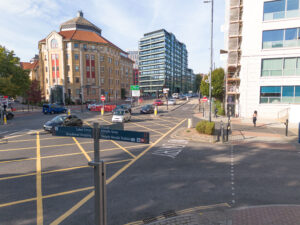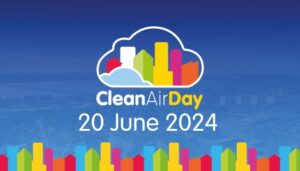The Milton Keynes Council’s Progressive Alliance has created an eco-conscious plan detailing how the Council will improve and maintain the grid roads across the city in the most sustainable way possible.
The first of its kind in the UK, the new eco-conscious plan explains how Milton Keynes’ grid roads will be transformed into green transport corridors, reports MKFM. The main features of this plan include:
- Prioritising and continuing the wildflower seeding programme, and ensuring residents are aware of when and where this is happening by creating a ‘Wild MK seeding map’ and placing signs next to the road
- Continuing to reduce the use of pesticides and herbicides on grid roads, and seeking to find an alternative approach to weed management
- Undertaking more deep cleans on brickwork, roundabouts, bridges, and splitter islands while also replacing and repainting signage, road markings, and cracks in infrastructure where necessary
- Developing a cyclical closure and maintenance programme to minimise disruption for road users and provide a safe working environment for those repairing the roads
- Changing the number of grass cuts in certain areas along the grid roads to enhance biodiversity
Councillor Lauren Townsend, Labour Progressive Alliance Cabinet Member for Public Realm, will bring the report to Cabinet next week: “The Progressive Alliance takes pride in Milton Keynes and wants to work to ensure our iconic travel corridors are the best they can be. We will make all grid roads cleaner, greener and safer, while also focussing on a ‘golden grid’ network of roads.
“The most used roads, including the V6, H8, H5 and H6, require extra investment as they are seen by millions of people each year. This golden grid will have prioritised cyclical maintenance, so that these primary gateways remain attractive to visitors, businesses and residents all year round.”
Councillor Jenny Wilson-Marklew, Labour Progressive Alliance Cabinet Member for Climate Action and Sustainability, added: “Our grass verges are home to countless species of wildlife, so it is crucial we have a diverse range of habitats, as some animals favour shorter grass to find food, whereas others like to nest in longer grass.
“This variation will promote biodiversity and help us on our journey to be carbon negative by 2050, all while becoming the greenest city in the world.”






















